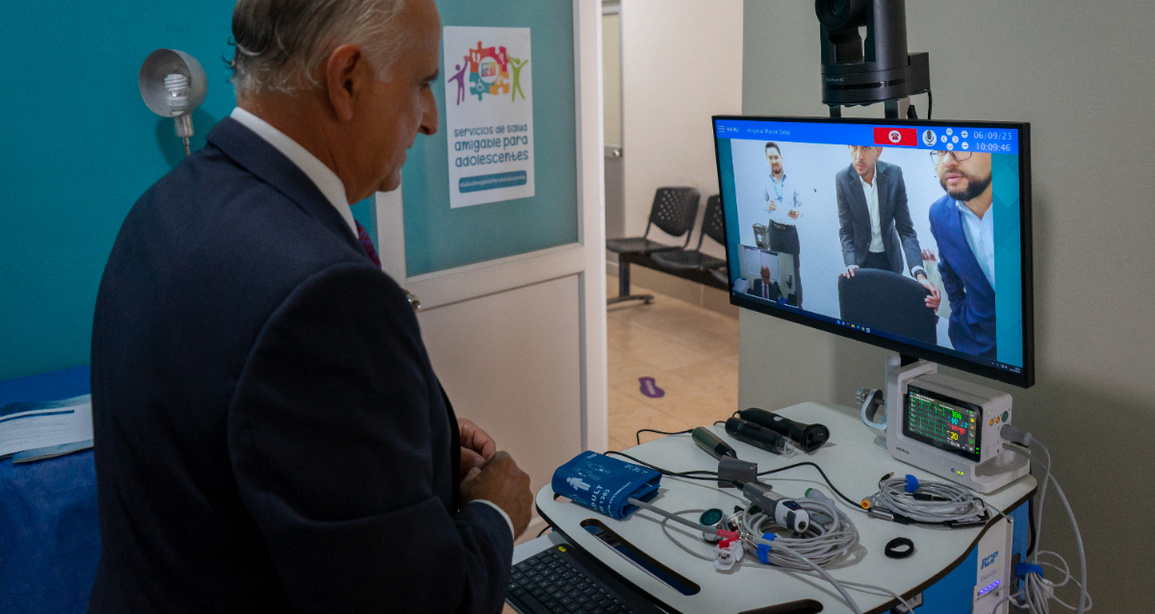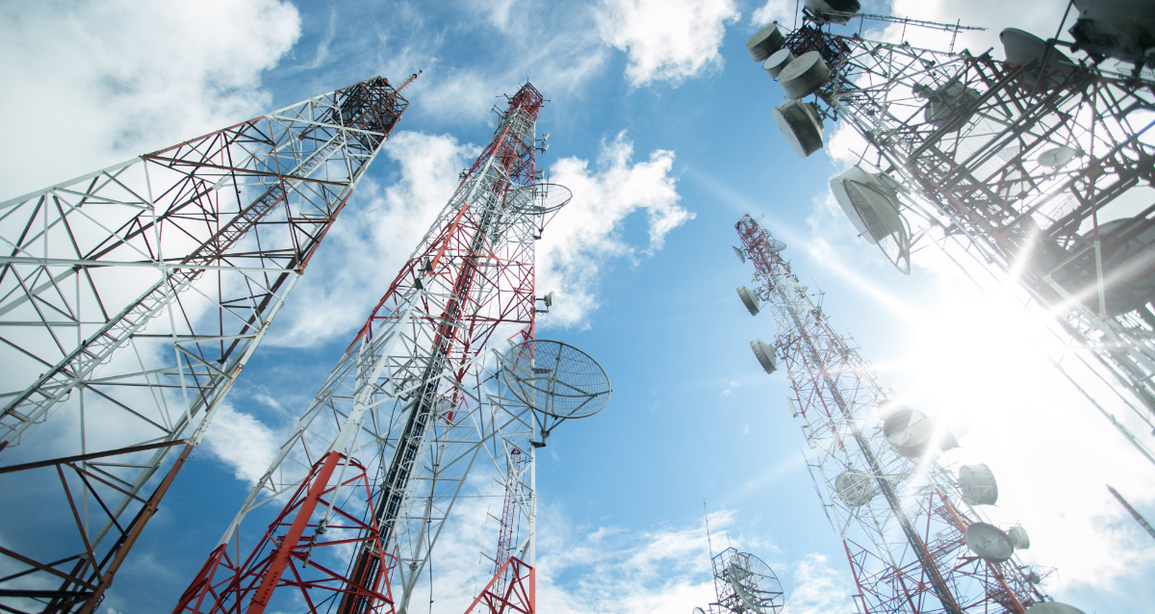
|
12 julio 2024
Below, we explore how public administration can influence the expansion of telemedicine in rural and isolated areas.
For telemedicine to thrive, a clear and robust legal framework is essential. Public administration must establish laws and regulations that guarantee the quality of telemedicine services, the protection of patient data, and security in communications. These regulations must also facilitate interoperability between different health systems and ensure that services are accessible to all.
One of the biggest challenges in remote areas is the lack of adequate infrastructure, such as high-speed internet connections and advanced medical equipment. Public administration has a crucial role in investing in and developing this infrastructure. This includes installing telecommunication networks, providing technological devices, and building health centers equipped with telemedicine tools.
The success of telemedicine also depends on adequate training of health professionals and the general population. Public administration should promote training programs for doctors, nurses and other health workers on the use of telemedicine technologies. In addition, it is important to educate the population on how to access and use these services, thus ensuring their effectiveness and acceptance.
Implementing telemedicine in remote areas can be expensive. Here, public administration can play a decisive role by allocating funds and granting subsidies. These resources can be used to purchase equipment, develop specialized software and train staff. In addition, it is essential to offer subsidies to users so that they can access telemedicine services without economic barriers.
Collaborations between the public and private sectors can accelerate the implementation of telemedicine. Public administration can foster partnerships with technology companies, health service providers and non-governmental organizations to leverage resources, knowledge and innovative technologies. These collaborations can result in more efficient and sustainable solutions for remote communities.
Finally, public administration must establish continuous monitoring and evaluation mechanisms to measure the effectiveness of telemedicine services. This includes collecting data on usage, service quality, and patient health outcomes. With this information, public administration can make necessary adjustments and continuously improve telemedicine programs.
The role of public administration in the implementation of telemedicine in remote areas is multifaceted and crucial. From creating a legal framework to investing in infrastructure and promoting public-private collaborations, public administration has the ability to transform access to healthcare in the most needy areas. With a coordinated and sustainable approach, telemedicine can become a powerful tool to improve the health and well-being of rural communities.
At Hispasat, we work every day hand in hand with public administrations to connect the most remote areas with a world of opportunities. Thanks to our satellite internet solutions, we help close the gap in access to medicine for thousands and thousands of people.
We have developed a comprehensive telemedicine solution with the aim of connecting remote populations by enabling teleconferences with specialists in first-class hospitals who, from the remote health center, with specialized medical equipment, allow real-time diagnoses via satellite, in addition to raising awareness among users and providing free WiFi to the community near the health centers.
Ask about our solutions and let's connect together what matters.

11 julio 2024
This new solution enables a permanent montiroization of these points thanks to the information provided through sensors and uploaded to a cloud platform that can be integrated with other customer management tools.

18 julio 2024
When connecting to the network we must take into account each tool, system, device and the technology applied to identify each of these terms